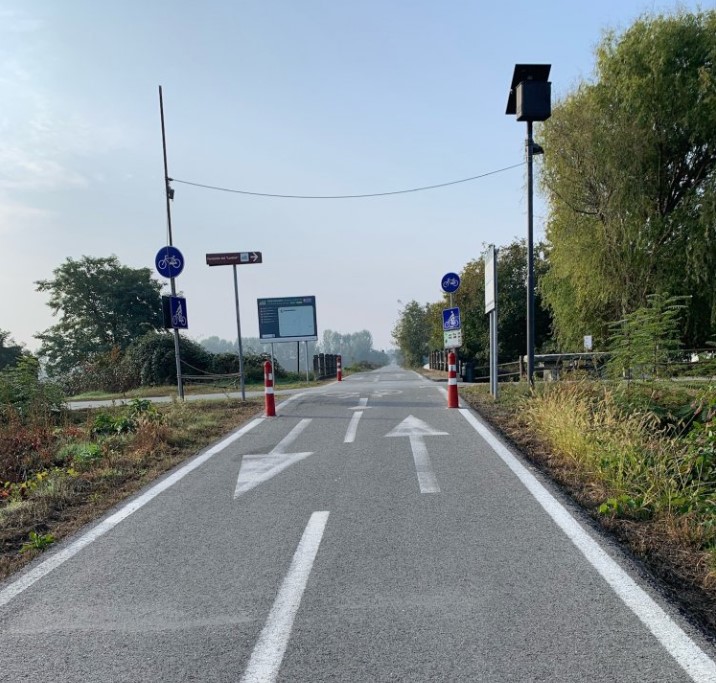Smart bus lanes, dedicated roadways optimized for bus rapid transit systems through technology and intelligent design, are gaining traction as cities seek sustainable transportation solutions. While often touted for their efficiency and convenience, it’s crucial to examine their environmental impacts, both positive and negative, to paint a complete picture.
OPTIMIZATION
On the positive side, smart bus lanes can significantly reduce greenhouse gas emissions. By prioritizing buses, they encourage a shift from private vehicle use to public transportation. A single bus can carry dozens of passengers, drastically reducing the number of individual cars on the road. This, in turn, lowers overall fuel consumption and emissions of pollutants like carbon dioxide, nitrogen oxides, and particulate matter.
Furthermore, optimized bus routing, facilitated bus stop bus and signaling systems within smart bus lanes minimize idling time and promote smoother acceleration and deceleration, further enhancing fuel efficiency.
BETTER AIR
Beyond emissions reduction, smart bus lanes can contribute to improved air quality. Less congested roads lead to fewer stop-and-go situations, a major source of air pollution. By facilitating faster and more reliable bus travel, these lanes can encourage more people to leave their cars at home, resulting in cleaner air for the entire city.
However, the implementation of smart bus lanes isn’t without its potential environmental drawbacks. Construction of new lanes can involve land clearing and habitat disruption, impacting local ecosystems. The manufacturing and installation of technology like sensors and traffic management systems also consume resources and generate waste.
HOW PLANNING IS BENEFICIAL
Furthermore, the effectiveness of smart bus lanes in actually reducing traffic congestion is dependent on several factors. If the lanes aren’t properly planned and integrated into the existing transportation network, they could inadvertently lead to bottlenecks and increased congestion in adjacent roadways. This, in turn, could negate some of the intended environmental benefits.
Therefore, a comprehensive lifecycle assessment is essential when considering the implementation of smart bus lanes. This assessment should consider everything from the initial construction phase to the long-term operational impacts, weighing the potential environmental benefits against potential drawbacks.
IN SUM
smart bus lanes offer the potential for significant positive environmental impacts through reduced emissions and improved air quality. However, careful planning, sustainable construction practices, and effective integration with the existing transportation network are crucial to minimizing potential negative consequences and maximizing their overall environmental benefit. They are one piece of a larger puzzle in creating a more sustainable and environmentally friendly urban transportation bus stop bus system.
